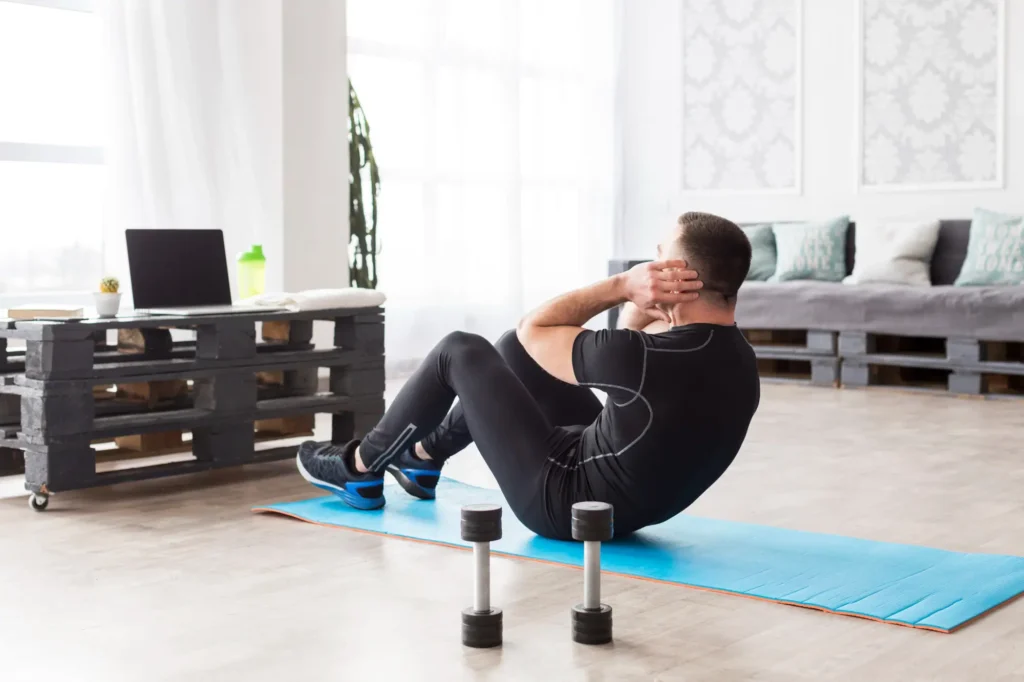Amid the hustle and bustle of everyday life, one can easily overlook the premise behind good health, physically. The truth is we are consumed with our works, tech, and social lives but totally forget about the very thing that empowers us.
Health is not about the size of your waistline; it is about having strength, being energetic, and your body being healthy enough to last a long and happy life.
What Is Physical Health?
Physical health is basically being in a position to perform bodily functions without getting ill, being tired, or in unnecessary pain. It entails taking your body as far as weekly exercise, a wholesome diet, sleeping well and also keeping habits that are beneficial to your life span.
When your body is in good condition, your brain is also at ease. And, physical and mental health are quite interrelated, they even affect each other daily.
Why Should One Be Physically Fit?
Having a fit body is not only about making you good-looking; it contributes to your self-esteem, energy, and being able to concentrate. A regular exercise regime is good for blood flow, heart strengthening, immunity boosting, and risk reduction of various chronic diseases like diabetes, obesity, and high blood pressure.
Besides that, exercise also triggers the release of endorphins which are sometimes referred to as “happy hormones” because in an entirely natural manner they uplift one’s mood, thus stress and anxiety levels go down.
To sum up, physical fitness is like a bridge that connects and balances both your biological and psychological selves.
How to Keep Your Body in Good Shape
To be in good shape, you do not need to put yourself through extreme workouts or become slaves to diets. The effects of small, consistent habits will eventually show themselves and the difference will be great. Some easy ways to enhance your physical health include:
1. Exercise Regularly: If possible, do at least half an hour of exercise daily such as walking, cycling, dancing, or yoga. The key is to find what you like to do and then it will no longer be a burden but rather a pleasure.
2. Eat a Balanced Diet: Have as your daily meal a mixture of fruits, vegetables, lean protein, and whole grains. Stay away from processed foods and sugar-laden beverages.
The truth is your body needs the right fuel if it is to operate at its optimal level.
3. Don’t Forget to Drink Water: Water is very good for the body as it helps in the release of wastes, energy provision and it also supports digestion.
4. Sleep Well: Quality sleep is not less important than other body requirements as it is crucial for muscle recovery, brain function, and emotional stability. Aim to get from 7 to 8 hours of sleep every night.
5. Stay Away from Poor Living Habits: Try as much as possible to limit alcohol consumption, avoid smoking, and lessen the intake of junk foods. Simple as they are, these little steps can go a long way to ensure your health in later years.
The Mind-Body Connection
A strong and properly fed body will give you a sharp and calm mind. A large number of people report that after their workout sessions, they can focus better, their thinking is clearer, and they are less affected by stress.
This is because, in addition to strengthening the physical parts of your body, emotional toughness and self-esteem are also enhanced by physical health.
Final Thoughts
Being fit and in good health is not something that one gets overnight, rather it is a lifelong journey. Have your beginnings be small, always be consistent, and acknowledge every small victory.
Right from the decision of taking the stairs instead of the elevator to the act of eating one more serving of vegetables, all these little steps will eventually accumulate.
There is no better investment than that which you make in your physical well-being- because when your body is in a good condition, your mind and spirit will be too.





